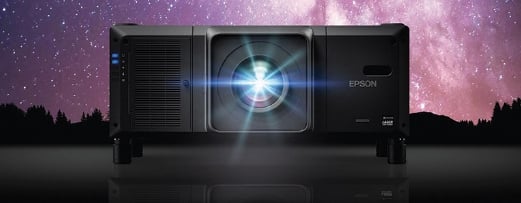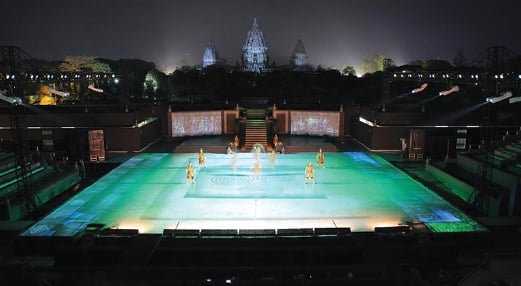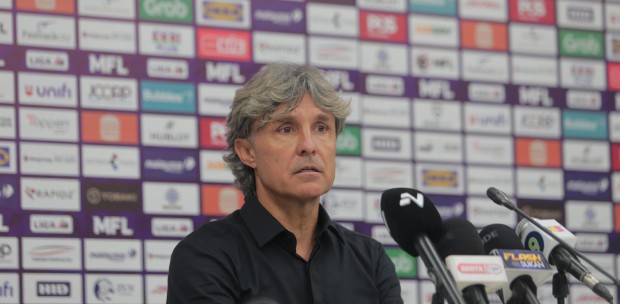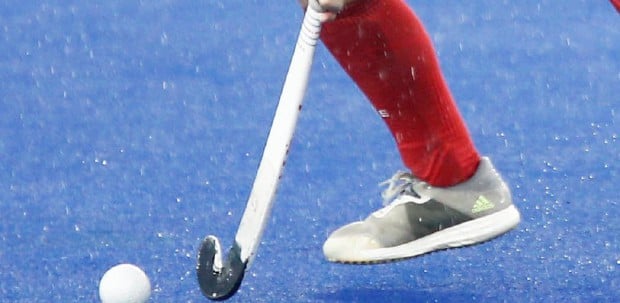The use of new technology helps boost the performance of Epson’s 3LCD projectors, writes Hanna Sheikh Mokhtar
THE legend of Roro Jonggrang, a popular Javanese folktale from Central Java, depicting the mythical origin of the Prambanan Temple in Yogjakarta, Indonesia comes alive in a dramatic sendratari (ballet) performance that includes a video mapping with the combined use of 14 powerful Epson 3LCD projectors.
The video mapping at the 47m-high Prambanan Temple, a Unesco World Heritage site, was to highlight Epson’s advance laser projection technology with high brightness capable of projecting images onto uneven surfaces such as the temple walls from a distance.
Set within the temple complex is an open-air stage where tales from the Ramayana are retold in a sendratari, a local term that describes a combination of dance and drama. To assist in the sendratari, Epson has collaborated with Indonesia’s Sembilan Matahari Studio to produce a stunning video mapping on the Prambanan temple walls. Using a range of Epson high brightness and laser projectors between 10,000 and 14,000 lumens, the video mapping provided a vivid and dramatic background to the story of the mythical origin of the temple sometime in the 9th century and its rediscovery centuries later, after it was covered by ashes from the Merapi earthquake.
THE TECHNOLOGY
Epson’s new 3LCD technology projectors boast superiority over other single chip projectors. This technology enables the projectors to have a wider colour spectrum as the three chips are able to project all colour all the time as compared to single chip projectors that project only one colour at a time.
The 3LCD technology used by Epson employs a laser light source, where blue light is projected through a beam splitter, dividing the light into two beams. One beam is reflected by a phosphor wheel, changing it into yellow, while the other beam remains blue. The two beams are then recombined into white light and separated into red, green and blue through dichroic mirrors. Each of the three colours passes through LCD panels, producing three individual images, which are transmitted through a prism and recombined into the final full-colour image.
With the incorporation of LCD panels and the newly developed phosphor wheel made from inorganic material, Epson’s projectors are capable of delivering bright and vibrant images for extremely long periods. The inorganic material used for the phosphor wheel has superior light and heat resistance, making it possible for users to operate the machine continuously for 20,000 hours in Normal Mode before brightness starts to decrease. So, if my maths is correct, this translates to more than 833 days of continuous use.
Epson also makes use of multiple laser diodes. With these, the screen will not go black should one diode die out, eliminating the worry of the projector light burning out through a presentation.
ENHANCED IMAGES
Another technology employed by Epson is the 4K enhancement that shifts each pixel diagonally by 0.5 pixels to double the image resolution to 3840 x 2160. This technology surpasses Full HD image quality to give unbelievable sharpness, clarity and detail for all images. This function can be used when the input signal is 1080p or higher, and is recommended for projecting HD videos only, not documents.
Coupled with the 4K enhancement is a built-in camera that is able to detect screens that have become unevenly coloured over time, allowing the projector to automatically correct colour. The projector can also detect subtle colour inconsistencies between multiple projectors and correct them.
On top of that, Epson’s Frame Interpolation technology effectively eliminates motion blurring by inserting intermediate frames between images to create a smoother motion transition resulting in sharper playback on fast-moving subjects.
The new advanced edge blending technology used in Epson projectors combines multiple edges from two or more projectors to create one seamless, unified look. This function allows users to fine-tune the start position and edge width of the blend as well as the area of the black level in the blend.
It also prevents the main subject from being overlapped.
GREAT ADAPTABILITY
Last but not least, is Epson’s adaptive projection technology to enable greater flexibility in the placement of the projector; it can be rotated and tilted 360 degrees in any direction while projecting images clearly. Gone are the days when a projector has to be placed awkwardly in the midst of the audience to get it to project nicely on the screen. Epson has now employed powered lens with stepping motor that covers a wide range of angles. The motorised lens shift give more flexibility when installing the projector as it lets users make highly precise adjustments when employing edge blending, stacking and other techniques. Adjustments can also be made via remote control or over a network, enhancing usability even for ceiling mounted projectors.
Images can also be projected on curved or non-flat surfaces, such as the Prambanan Temple walls in the video mapping.
Details at www.epson.com.







